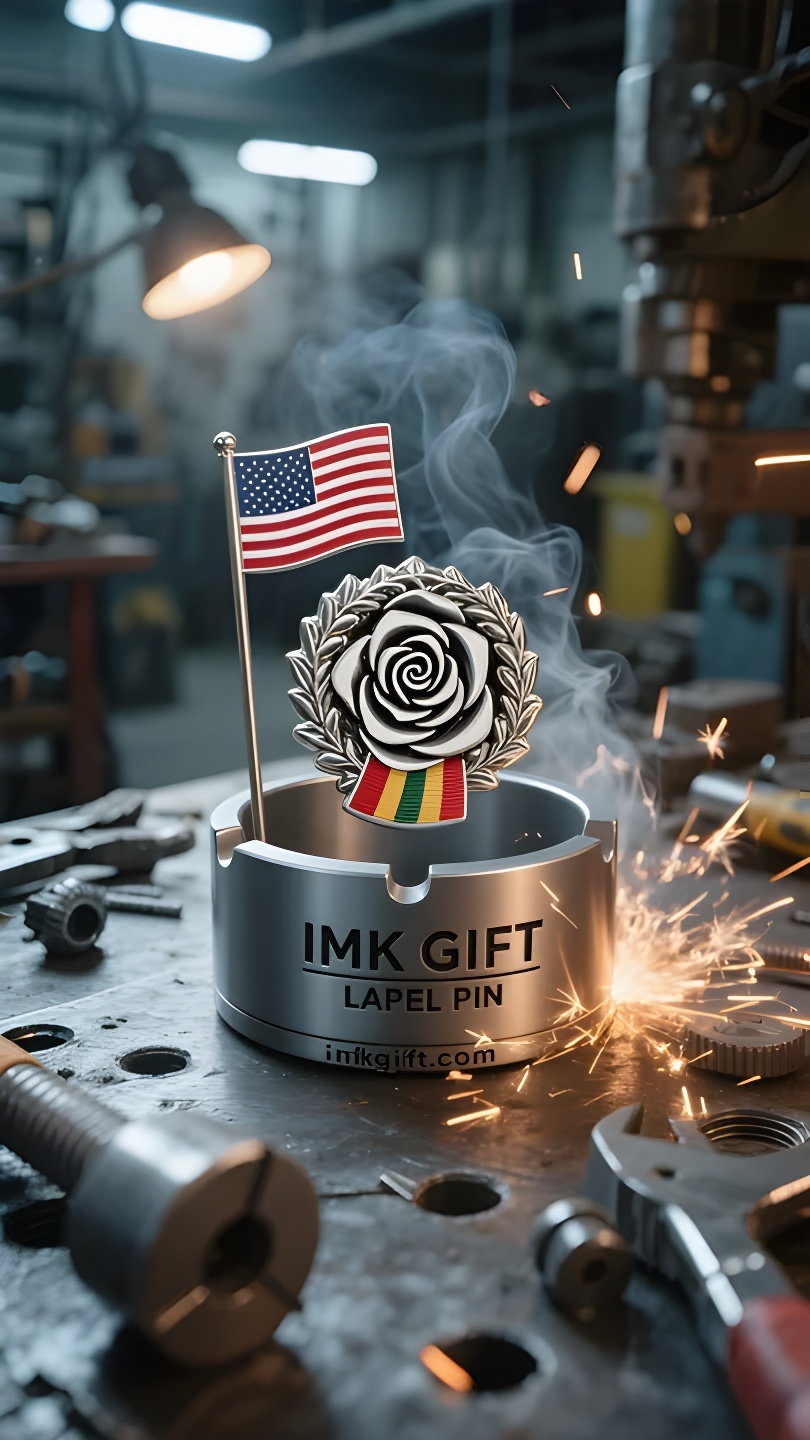in991-Ay-ve-Yıldızların-Hiç-Batmadığı-Yer-Lale-Küllerinden-Yeniden-Doğuyor
▼
Mayıs ayında, sabahın ilk esintisi İstanbul Boğazı’nı yalayıp geçerken, kırmızı ay-yıldızlı bayrak, sanki bu milletin küllerinden yeniden doğuşunun tarihini anlatırcasına mavi gökyüzünün altında dalgalanıyordu. “Gençlik ve Spor Bayramı” kutlamalarıyla aynı zamana denk gelen Türk halkı, milli bayrağının kırmızı ve beyazını, azmin sembolü olarak kullandı; yıldızların ve ayın ihtişamı, savaşlardan geçmiş ama her zaman dimdik ayakta kalmış bu toprakların manevi totemi gibi, asla sönmeyecek. Türk halkının çalışma masalarında her zaman lale biçiminde bakır küllükler görürsünüz. Yaprak şeklindeki oluklar külleri barındırıyor ama daha derin bir anlamı gizliyor: Lale, Anadolu Platosu’na özgü bir bitkidir ve Osmanlı döneminde tüccarlar tarafından dünyaya getirilmiştir; tıpkı hilal şeklindeki bayrağın kırmızı genlerinin medeniyetlerin kaynaşmasının kanını taşıması gibi. Türklerin yabancı istilaları ve deprem felaketleriyle karşı karşıya kaldıklarında biriktirdikleri yaralar gibi, kül tabakaları da tunçların sıcaklığında yeniden canlandı. Lalenin kalbindeki son duman bulutu dağılırken, umut tohumları küllerin arasında sessizce filizleniyordu. Tıpkı 1923 yılında ay-yıldızlı bayrağın göndere çekilmesiyle kavrulmuş topraklardan yeni bir cumhuriyetin filizlenmesi gibi, yıkıntılardan da her zaman daha dayanıklı bir medeniyet doğabilir. Bugünün Türk gençleri kül tablalarını da siliyor, tarihin tozunu da; yıldızların, ayın şanının bulutlarda değil, her Anadolu insanının dik omurgasında olduğunu anlıyorlar; lalenin kokusu serada değil, küllerin altında yeniden doğuş gücünün birikmesindedir. Bu küçük bronz parçası, hem acıları körükleyen bir kaptır, hem de imanı ateşleyen bir kıvılcımdır. Ay yıldızlı bayrak ve lale kül tablası güneş ışığında birlikte parıldarken, bir millet yanan gözlerle ufka doğru bakıyor – orada sonsuz bir karanlık yok, sadece hiç sönmeyen bir ışık var.
In May, the morning breeze of Turkey swept across the Strait of Istanbul, and the red-bottomed crescent-shaped flag stretched under the blue sky, as if telling the history of this nation’s rebirth from the ashes. Coinciding with the celebration of the “Youth and Sports Festival”, the Turkish people used the red and white of the national flag to interpret tenacity – the glory of the crescent-shaped star will never go out, just like the spiritual totem of this land that has always stood tall despite the war. On the desks of Turkish people, you can always see a unique tulip-shaped copper ashtray. The petal-shaped grooves hold ashes, but they have a hidden meaning: tulips are native to the Anatolian Plateau and were brought to the world by merchants in the Ottoman era, just as the red genes of the crescent-shaped flag flow with the blood of civilizational integration. The layers of ashes are like the scars accumulated by the Turks when facing foreign invasions and earthquake disasters, but they breed new vitality in the temperature of the copperware. When the last wisp of green smoke dissipates in the heart of the tulip, the seeds of hope are quietly sprouting in the depths of the ashes. Just as the new republic blossomed in the scorched earth when the crescent-star flag was raised in 1923, a more resilient civilization can always grow out of the ruins. Today’s Turkish youth wipe the ashtray and wipe the dust of history – they understand that the glory of the crescent-star flag is not in the clouds, but in the upright spine of every Anatolian; the fragrance of tulips is not in the greenhouse, but in the ashes to accumulate the power of rebirth. This copper vessel in a small space is a container for the precipitation of suffering, and it is also a kind of fire that ignites faith. When the crescent-star flag and the tulip ashtray shine in the sun, a nation is looking at the horizon with a burning gaze – there is no eternal darkness there, only the light that never goes out.
五月土耳其的晨风掠过伊斯坦布尔海峡,红底星月旗在蓝天下舒展,仿佛诉说着这个民族浴火重生的历史。恰逢”青年与体育节”的庆典,土耳其人用国旗的红与白诠释着坚韧——星月辉光永不熄灭,正如这片土地历经战火却始终挺立的精神图腾。
而在土耳其人的书桌上,总能看到一种独特的郁金香造型铜制烟灰缸。花瓣状的凹槽盛着灰烬,却暗藏深意:郁金香原生于安纳托利亚高原,奥斯曼时代被商旅带向世界,正如星月旗的红色基因里流淌着文明交融的血脉。那层层叠叠的烟灰,恰似土耳其人面对外族入侵、地震灾难时积淀的伤痕,却在铜器的温度里孕育出新的生机。
当最后一缕青烟在郁金香的花心消散,灰烬深处正悄然萌发希望的种子。正如1923年星月旗升起时,焦土中绽放的新共和国,废墟里总能长出更坚韧的文明。今天的土耳其青年擦拭着烟灰缸,也在擦拭历史的尘埃——他们懂得,星月的荣光不在云端,而在每个安纳托利亚人挺直的脊梁里;郁金香的芬芳不在温室,而在灰烬下积蓄重生的力量。
这方寸之间的铜器,是沉淀苦难的容器,更是点燃信念的火种。当星月旗与郁金香灰缸在阳光下交相辉映,一个民族正以灼灼目光望向地平线——那里没有永恒的黑暗,只有永不熄灭的光。
▼
Contact Us
📞 Tel: +0086-760-85286839
📧 Email: sales3@imkgift.com








